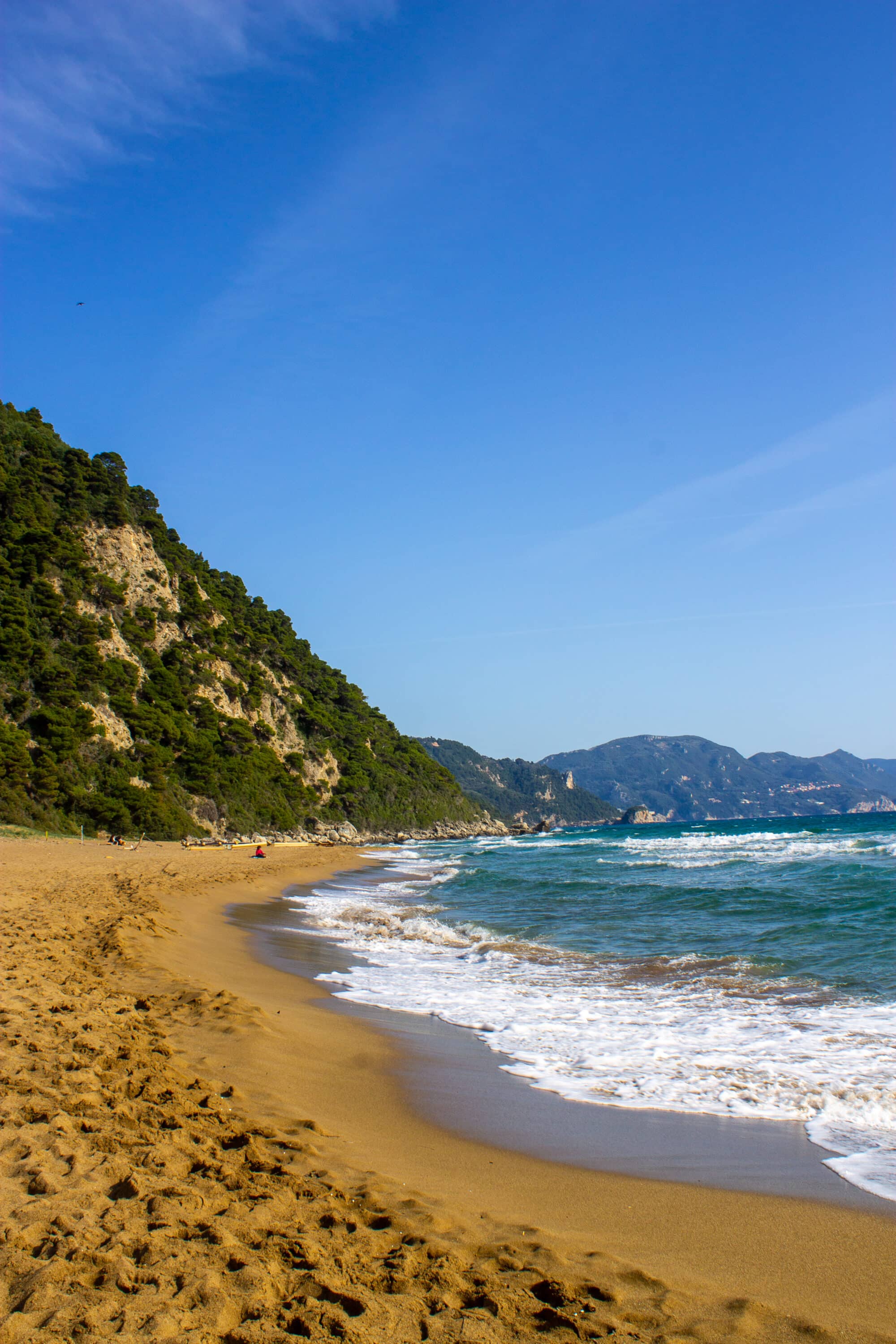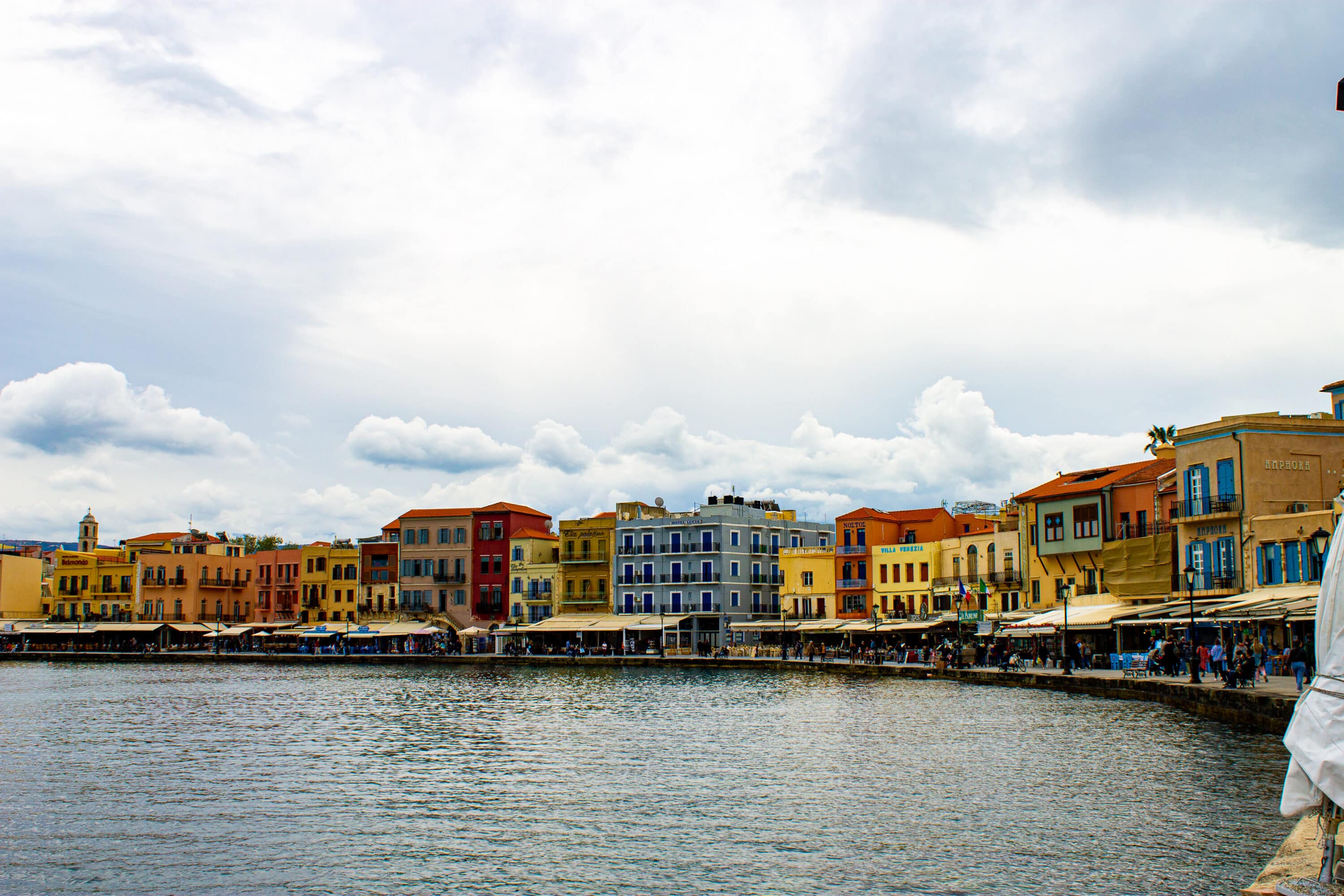Ultimate Guide to Renting a Car in Greece


Greece has so much to offer for any vacation. It’s a stunning destination and there is no shortage of things to see. Depending on where you’re going, you may want to consider renting a car for your trip. Certain parts of Greece are a bit more remote and spread out, and to see the highlights, you might want a car. Other areas of Greece, are crowded and having a car would be more trouble than it’s worth.
I’ve broken down my advice on whether or not to rent a car in Greece based on location. I’ve also included my high level tips for driving in Greece in general!
Jump To Location:


Tips for Renting a Car in Greece
Do I need an International Driving Permit for Greece?
As a US Citizen you do not need an international driving permit for renting a car in Greece (you do in some other European countries) You will need to show your US drivers license to rent a car though.
Insurance for Rental Cars Greece
You have several options for car rental insurance when renting a car in Greece. I highly recommend making sure you have good insurance in place.
Insurance Options
- Purchase through the rental car company – this has it’s pros and cons. There is usually a deductible, so for minor damage you often end up paying the amount, but the pro is for major damage you don’t owe the rental company the amount while you work separately with your insurance company. This insurance also tends to be more expensive that outside coverage.
- Purchase separate insurance through a 3rd party or use insurance offered by your credit card company – this can be more cost effective and have lower deductible BUT you have to work with the insurance company separately and in the interim you owe the rental car company the damage costs. It took me 4 months to get reimbursed for a $200 claim, which was fine, but I can’t imagine waiting that long if a car was totaled! So make sure you weigh the pros and cons and get all the paperwork you need to submit a claim like:
- A police report (if there is one)
- Original rental car agreement
- Damage report and costs with breakout for admin costs charged by the insurance company
Which Side of the Road do they Drive on in Greece?
They drive on the right side of the road in Greece, so if you’re coming from the US you don’t need to worry about driving on the opposite side of the road!
Tips for Driving in Greece
- Roads (especially on the island) can be very narrow, contain hairpin turns and be in generally poor condition. You should be fine as long as you go slow. I recommend a smaller rental car if you can, as it will make the narrow roads more manageable
- People drive fast! Just stay to the right and drivers will pass you (on any road, not just highways)
- Follow the speed limit, some areas have speed monitors and will ticket you after the fact
- Parking is tight! Try to park as far from other cars as you can to avoid your rental getting damaged (they check every inch of your car for minor damage)
- Be careful on dirt/rocky roads rental cars tend to be low to the ground and it’s easy to scrape the bottom bumper on a rocky road (this is how my rental got damaged)
Tips for Renting a Car in Greece
- Take a video/picture of your car at pickup and note any damage (roof, bumpers, sides, wheels, etc) and make sure they have it noted on the car condition doc. You don’t want to be charged for pre-existing damage when you drop off your car.
- If you can squeeze in a smaller car, definitely rent a small one. The bigger the car, the harder it is to navigate narrow streets and tight parking
- Make sure it’s worth renting a car in the location you’re visiting, some areas are much easier to visit without a car, while some areas are very hard to explore without a car.


Should I Rent a Car in Athens
If you’re visiting the Greek capitol, I highly recommend not renting a car. Athens is an insanely hectic and busy city with tons of traffic and limited parking. Having a car will likely cause more stress than it will make your life easier. It’s also very easy to get around Athens on your own. There are taxis, private transfers, public transportation, and the main tourist areas of the city are all generally walkable from one another!
- If you need to take the metro you can find details on the Athens Metro site here.
- If you need to book a private transfer I’ve used Welcome Pickups several times in Greece when I had flights landing late and didn’t want to be waiting alone for a taxi, They are super reliable and really easy to use. I definitely recommend! Their costs are usually comparable to a taxi for the same route
- The airport is about 35-40 minutes from downtown Athens and costs $40 during the day and $55 at night


Should I rent a car in Santorini?
My advice on whether or not to rent a car in Santorini depends on a few things – where you are staying, and what you are hoping to see.
If you’re staying in Oia, Fira or Imperovigli these are the most crowded areas of Santorini (and also the most walkable) Before considering renting a car make sure your hotel has parking available. If you intend to only explore these three main towns and are ok with taking public transport, a taxi or walking between them I do not recommend having a car. You can’t drive within the towns themselves as they are all small, winding walking paths.
If you want to explore some of Santorini’s less popular and accessible spots, like the red & white sand beaches, Santo Wines or the east coast, you may want to consider renting a car just for the day and returning it before heading back to your accommodation. These places can all also be reached via taxi, public transportation, or a private day/half day tour.
- Public transport can get crowded and all busses need to be taken through Fira, so if you’re short on time, it might not be the best option.
- Taxis are sparse on Santorini, especially during the high season
- You can book a 4 hour private transfer with up to 6 stops of your choice through Welcome Pickups. In late October the cost for this was 260 euro for up to 4 people.


Should I rent a car in Mykonos?
I would generally not recommend renting a car in Mykonos. Mykonos is a fairly small island, and the most popular area, Little Venice & Mykonos Town are pedestrian only & mostly inaccessible via car, so you’ll need to park your rental car outside of Little Venice and walk.
You may want to rent a car in Mykonos if you’re staying on the more remote areas of the island. These are mostly accessible via public transport or taxi, but it depends on how much flexibility you want.
If you’re in Mykonos for the party scene, a lot of the beach clubs are not walkable from Mykonos Town/Little Venice. Mykonos public transport runs all day and late into the night from Mykonos Town to the clubs, and I highly recommend using that vs. driving a car. The roads are dark/narrow and parking is limited at the clubs. Bus schedules can be found here
You can also take a taxi (although be prepared for the cost, as Mykonos is quite expensive)


Should I rent a car in Corfu?
Corfu is a large island with tons to see and explore! I generally recommend renting a car in Corfu, to take full advantage of seeing the island! There is public transport, but it still is hard to see some of the more popular, remote spots on the island. If you are staying in Corfu town or don’t plan to leave your resort once you get there, you can probably get away without renting a car, but you will be missing out on some of the best Corfu has to offer!
Driving in Corfu was mostly ok. The roads can be narrow and quite windy, but as long as you feel comfortable and go slow you shouldn’t have too much of a problem. Driving in Corfu town can be a bit chaotic, but there are several parking lots around the edge of the downtown area where you can leave your car!
Although I do recommend being careful on some of the less well paved roads, the bottom of my rental bumper got scratched from a rock on a dirt road and I had to pay for the damage!


Should I Rent a Car in Crete?
I highly recommend renting a car in Crete! It is the largest of the Greek islands and very hard to explore without a car. Crete has some of the most beautiful beaches in the world, but it tends to be a bit hard to navigate without a car, and some of the best sites in Crete are the most remote!
Driving in Crete was generally ok. The main roads and highways are well maintained and wide. People drive fast, but if you stay to the right they’ll just pass you! I had no issues on the main roads.
Downtown Chania is hectic with small streets, the driving is fine, but it’s easier if you can visit without a rental and not need to worry about someone scratching you car in a parking garage or something!
When you get off the main roads and into more of the countryside (which is necessary to visit some of the most famous spots in Crete, like Elafonisi, Falasarna and Balos beach) The roads get extremely narrow and are filled with hairpin turns.
There are many locations where two cars can’t pass each other as you pass through smaller villages, but it’s not too bad. The hairpin turns are fine as long as you feel comfortable and take it slow. For the most part there were guardrails except for in a few areas.
This area also contains a lot of falling rock from the mountains so you just need to be careful of larger rocks in the road and try to keep an eye out! Also, watch out for mountain goats, you can’t go very far on any of the more remote roads in Crete without seeing a pack of mountain goats!


